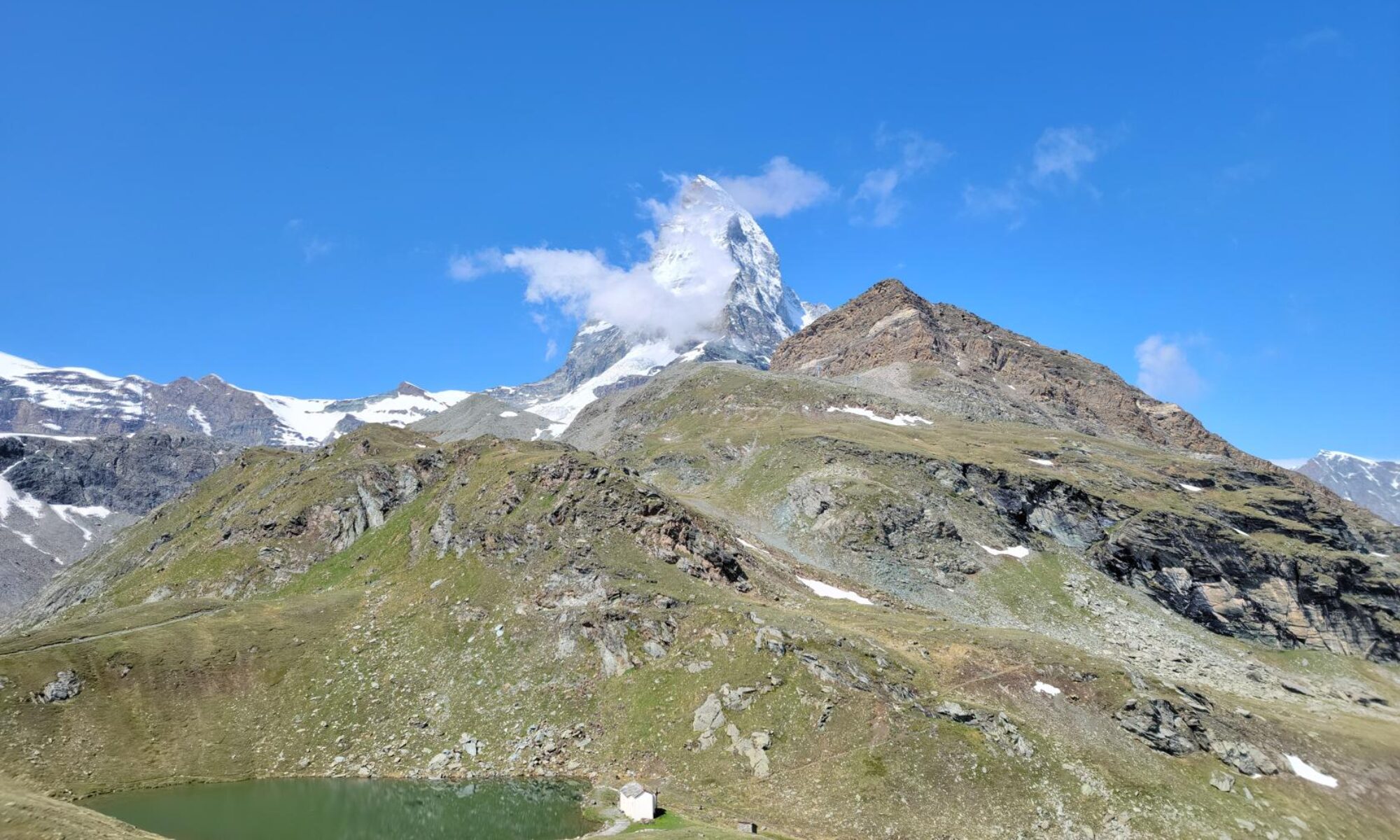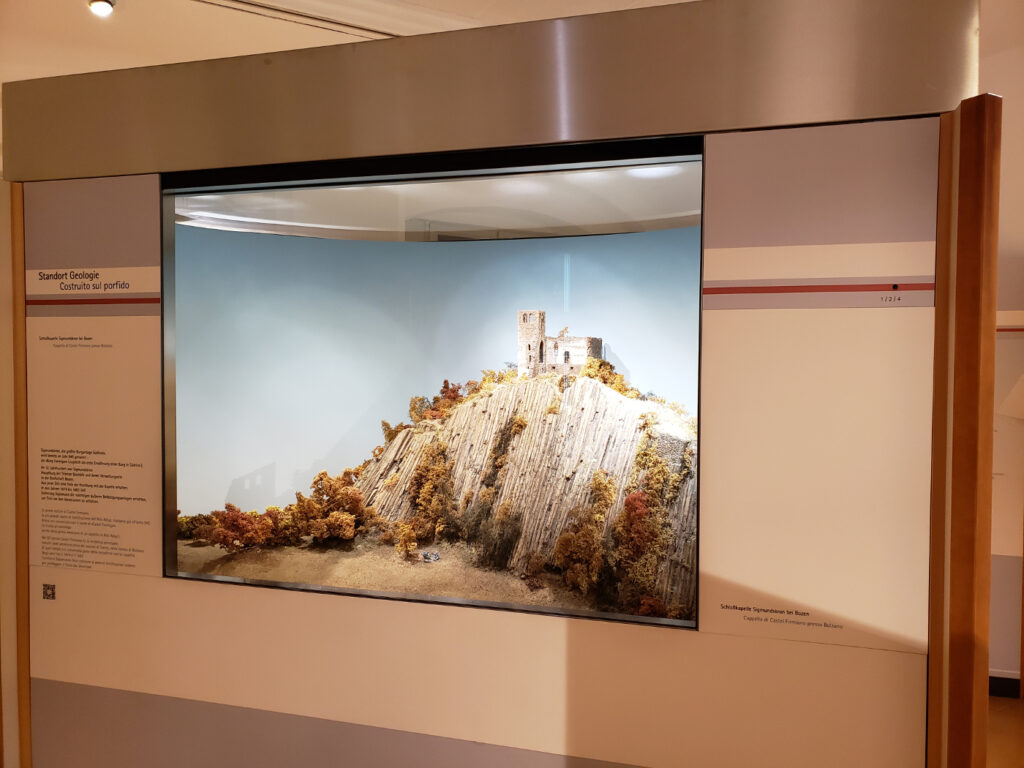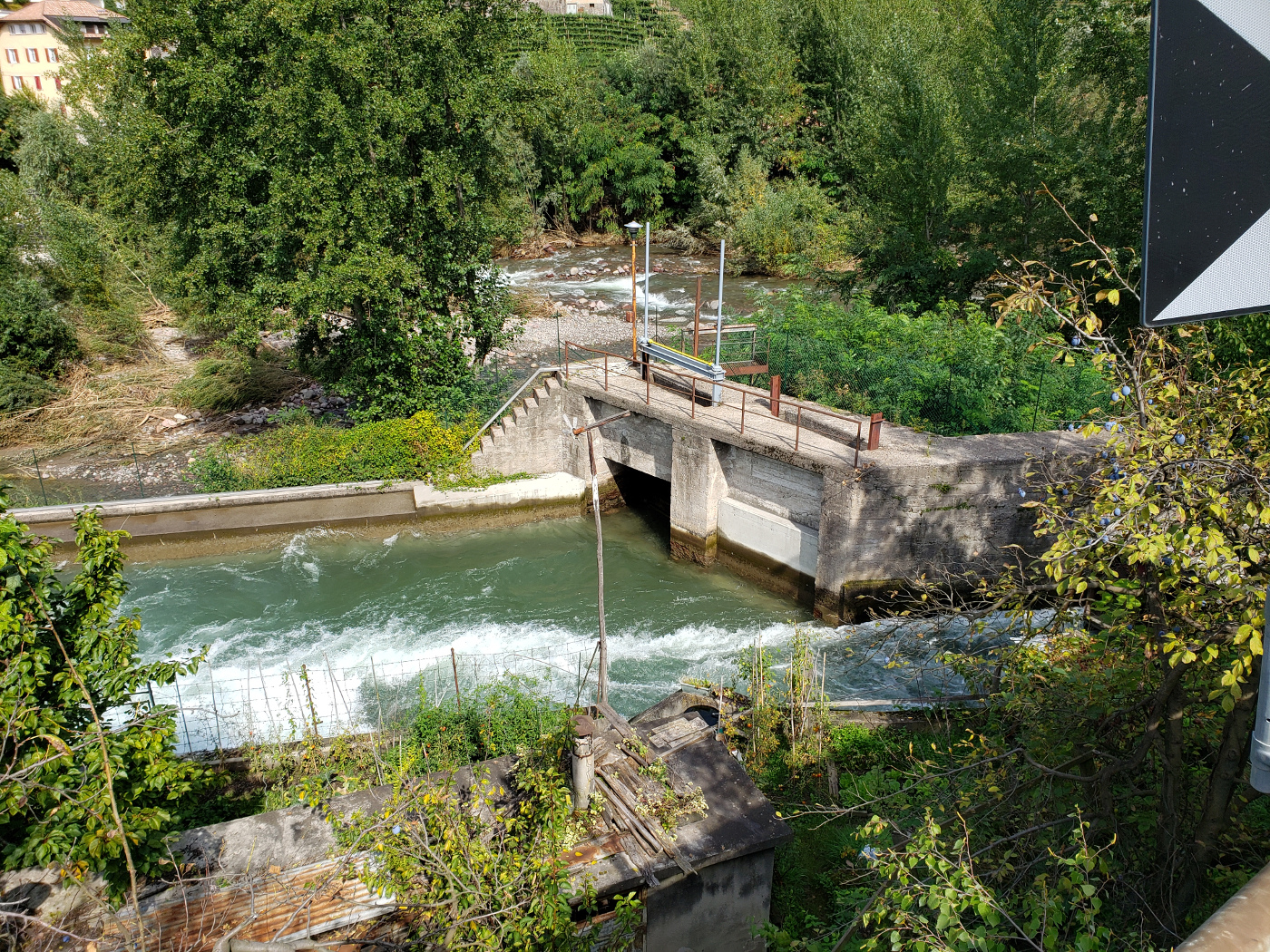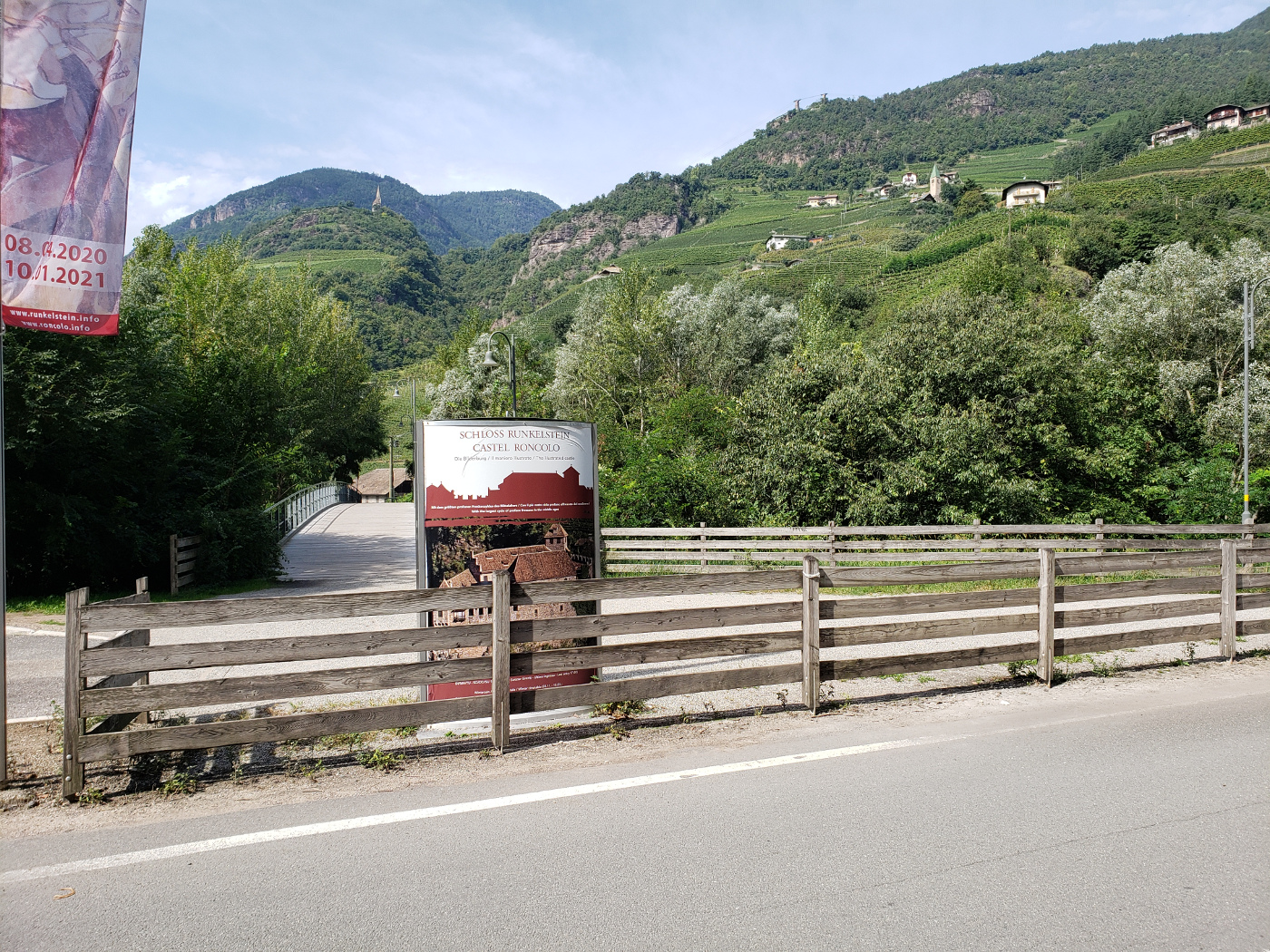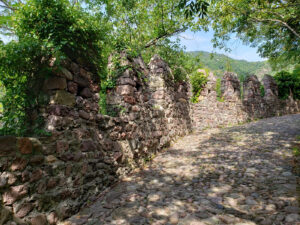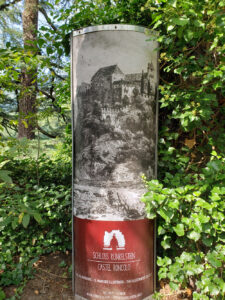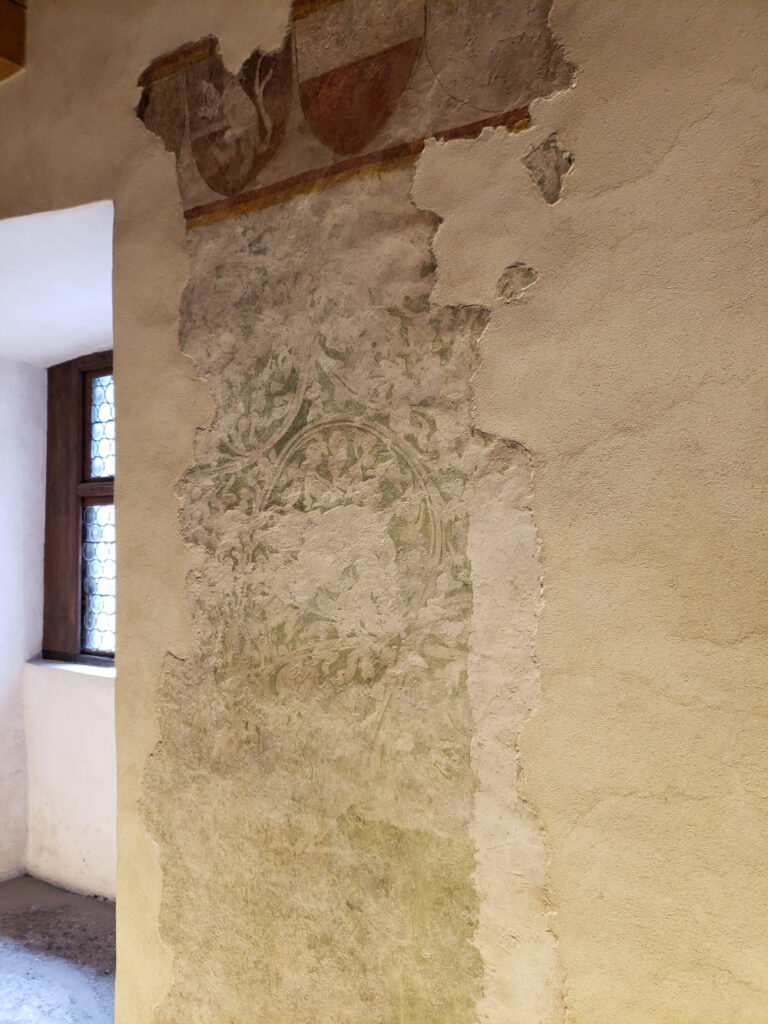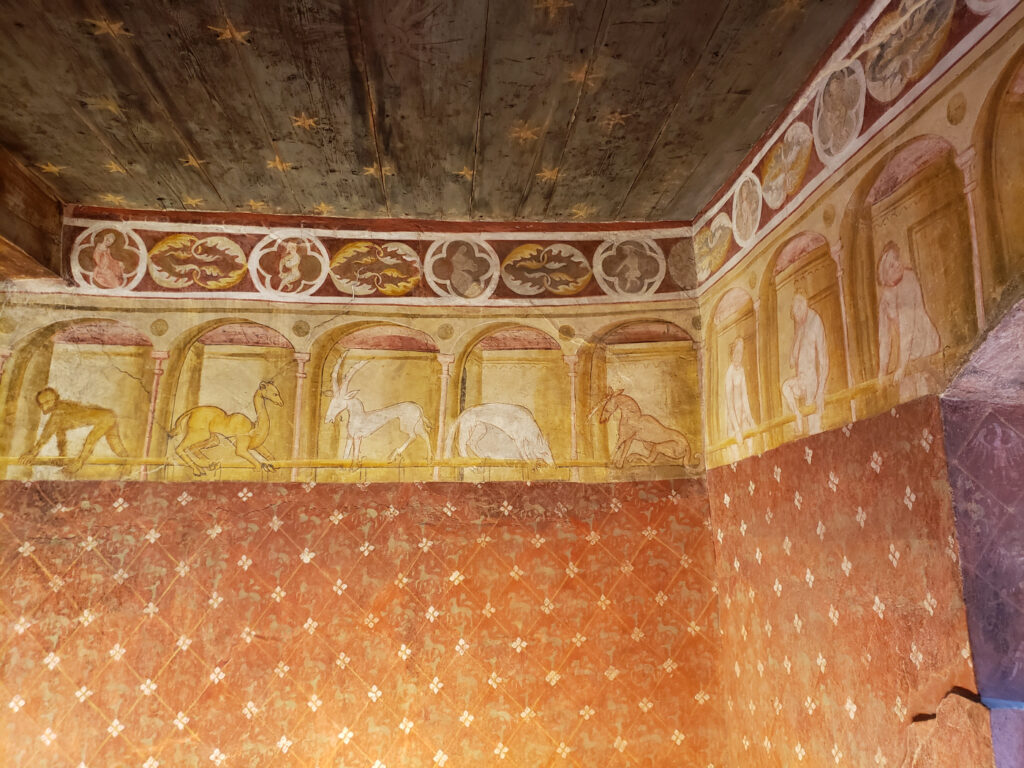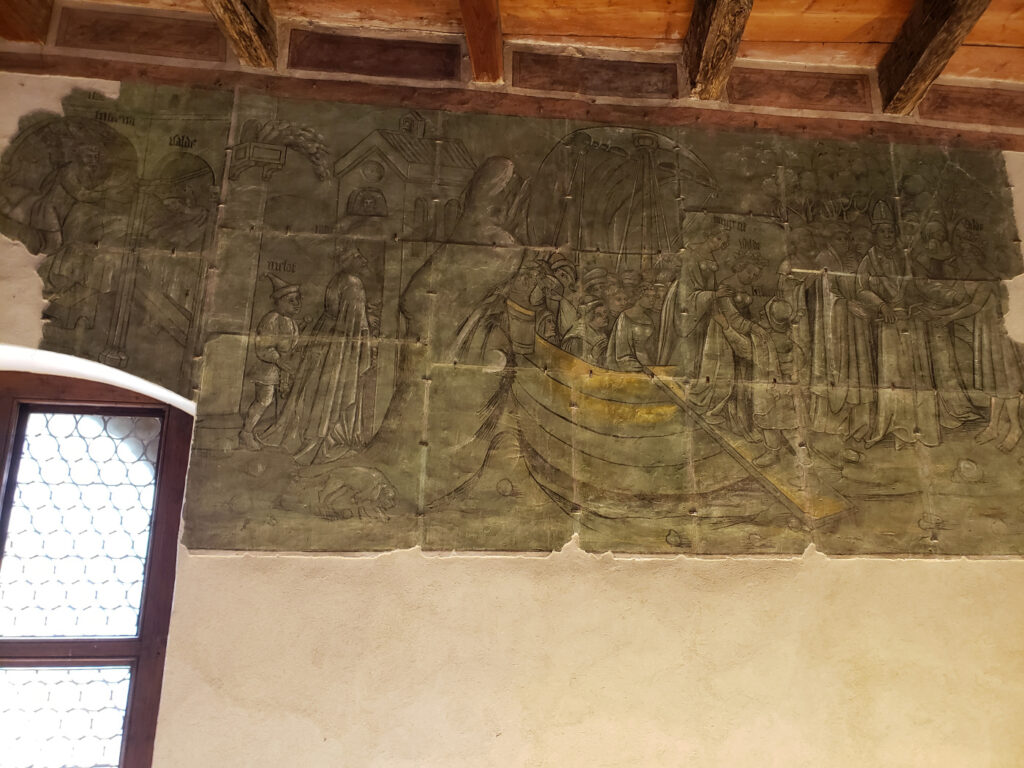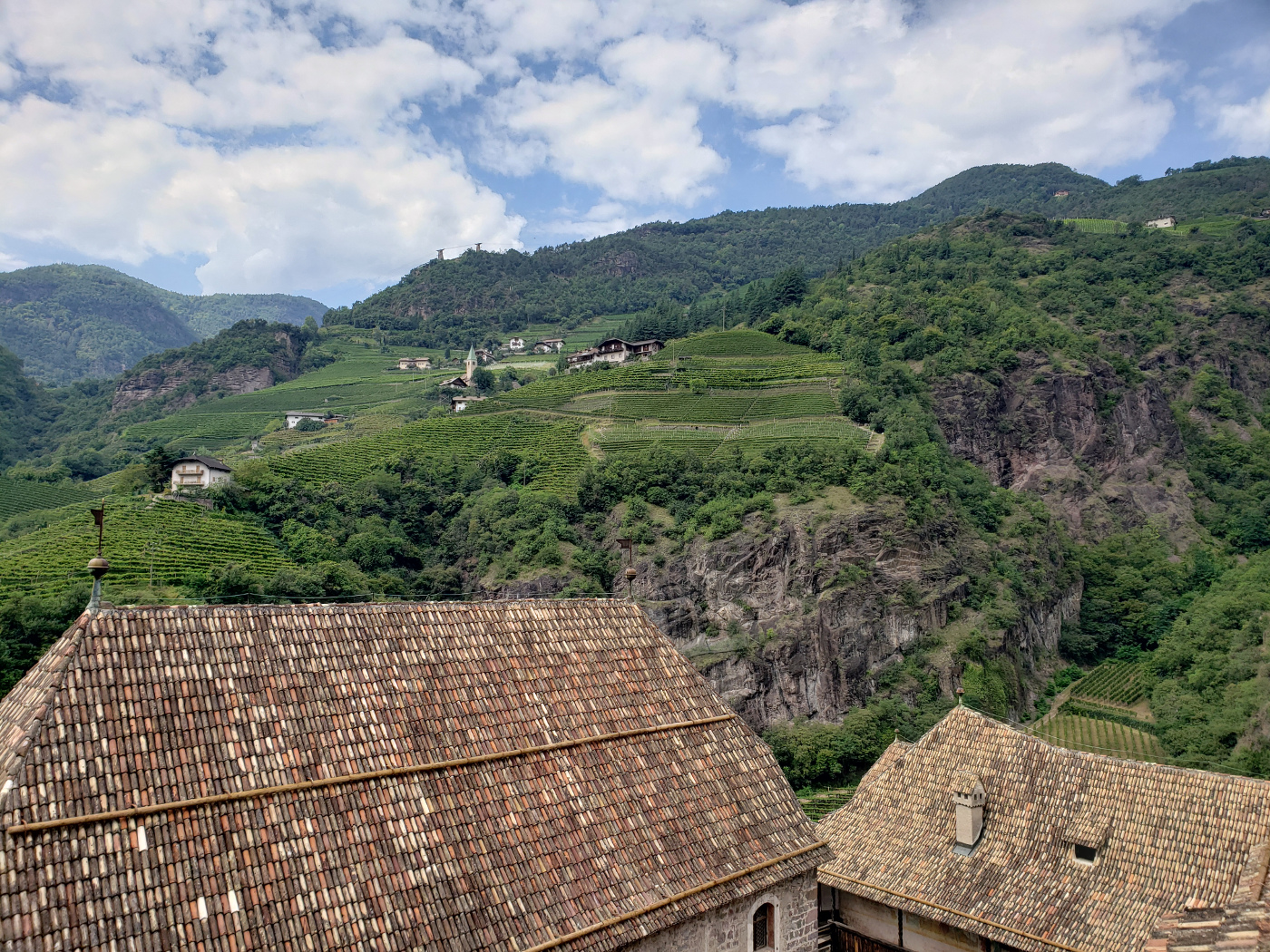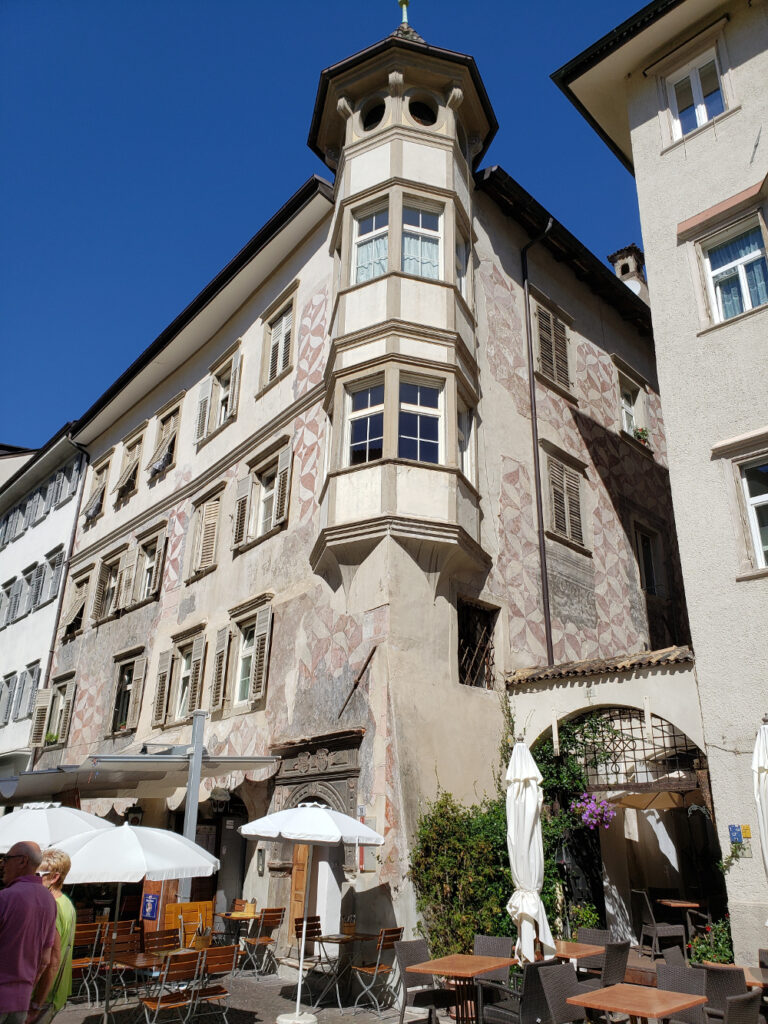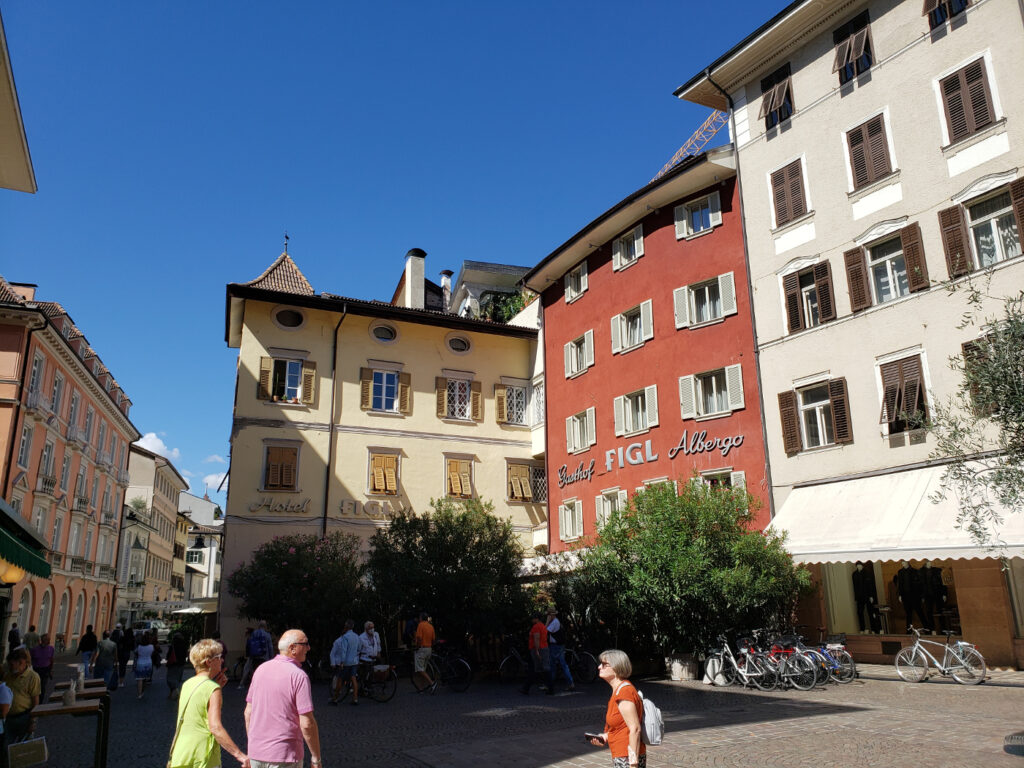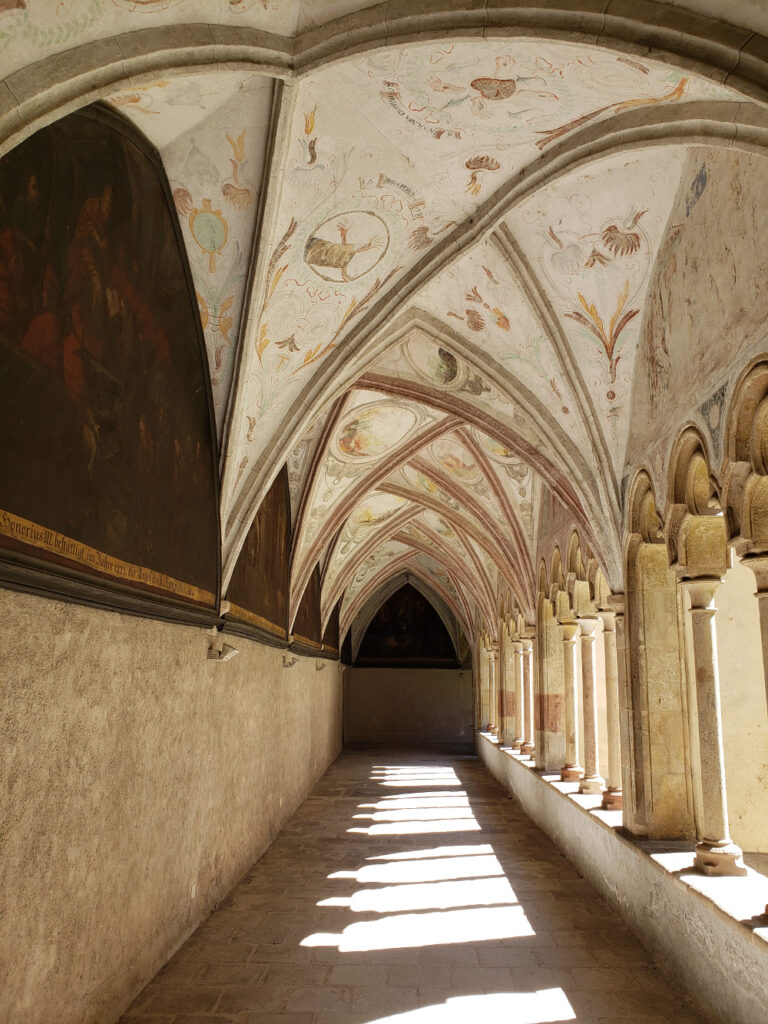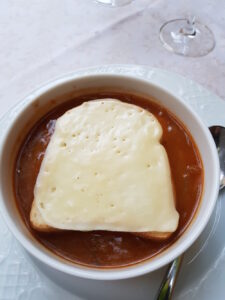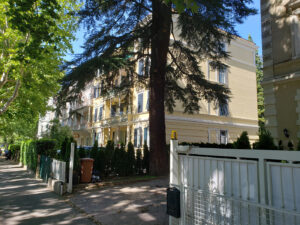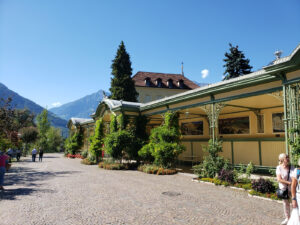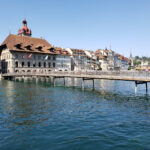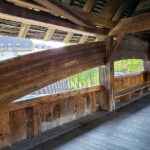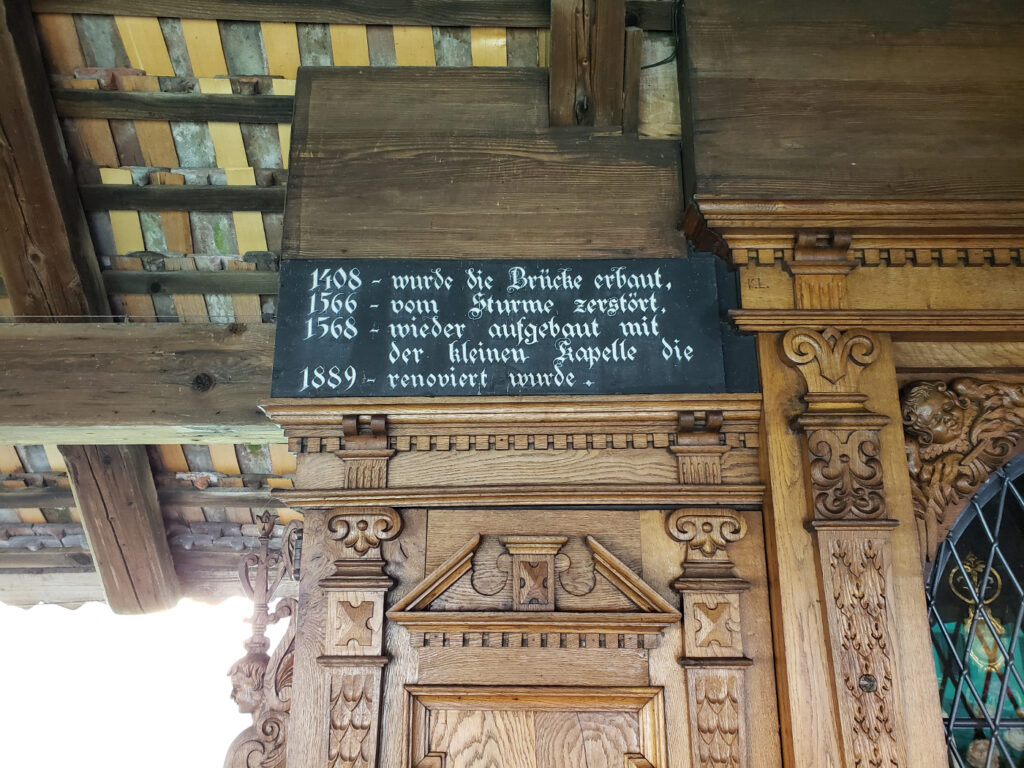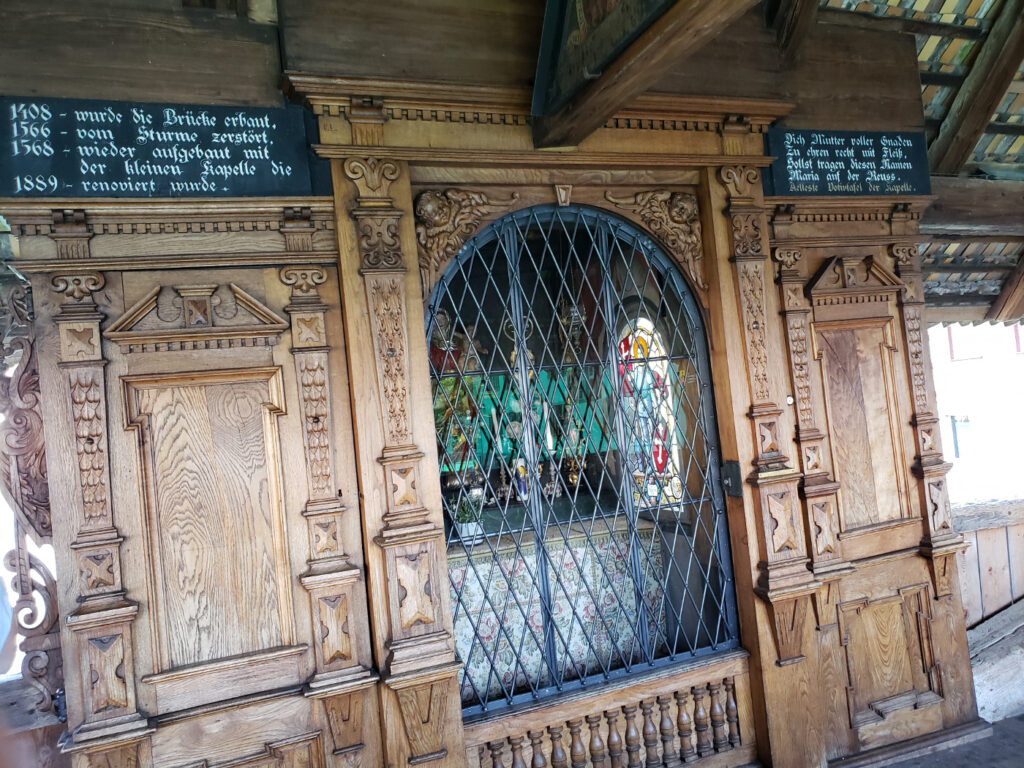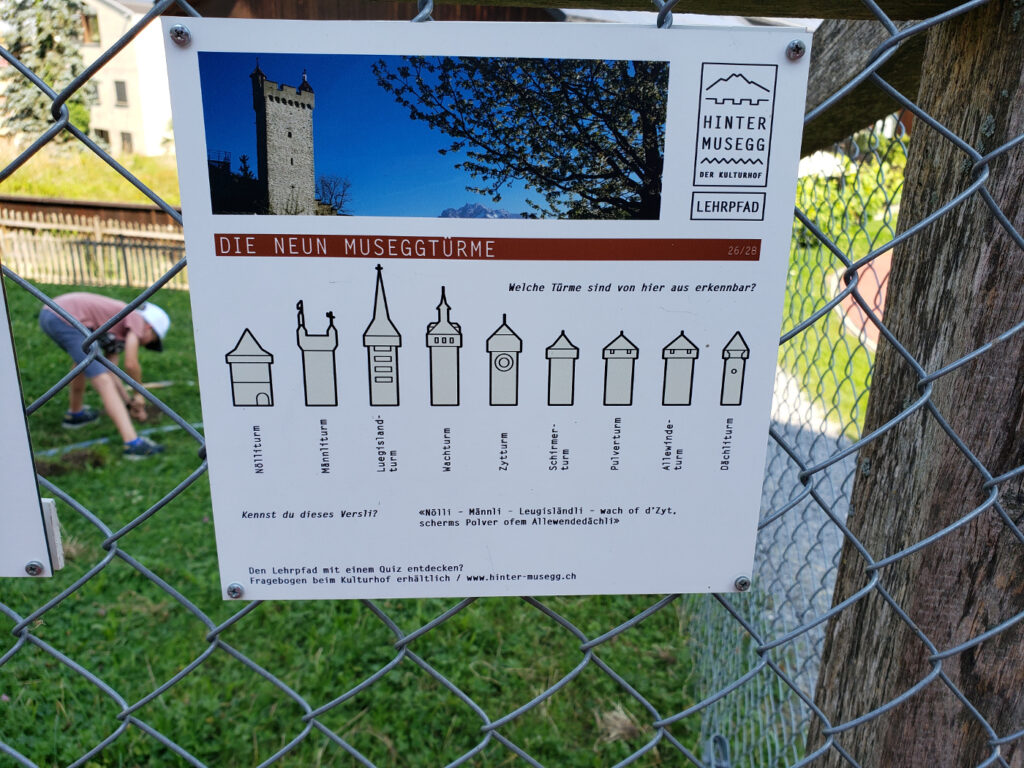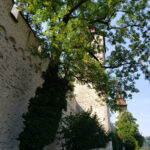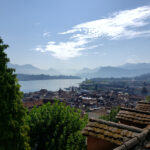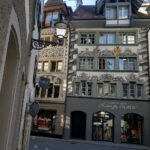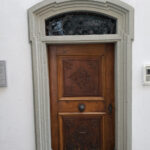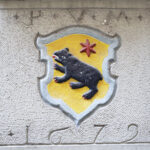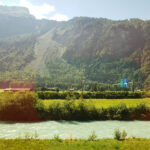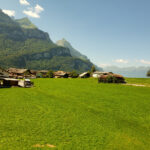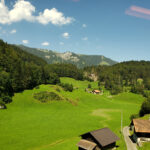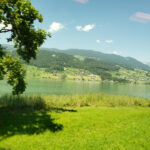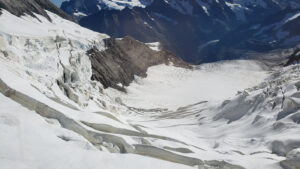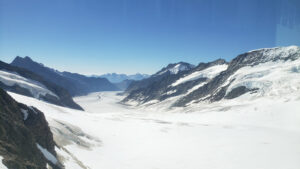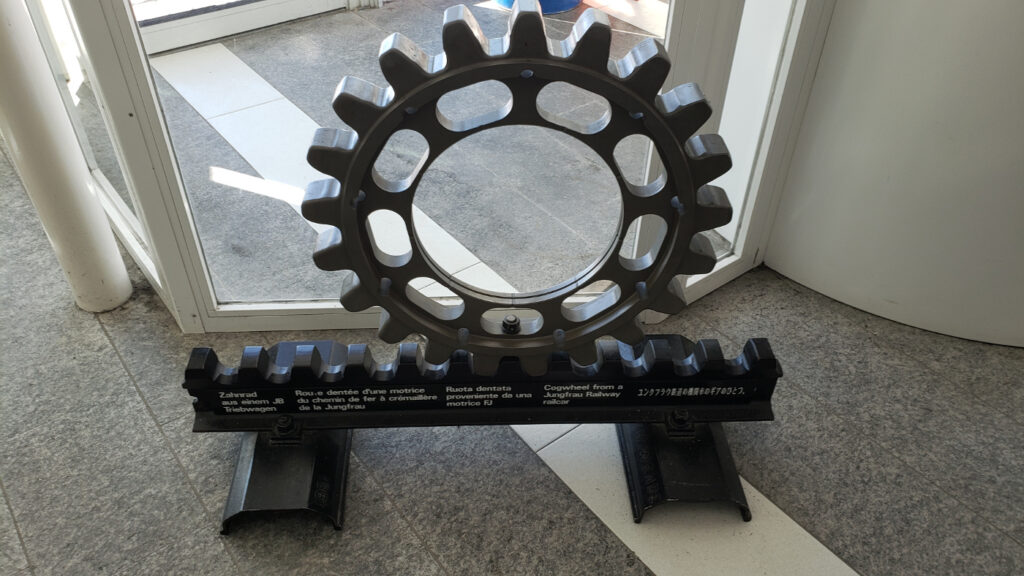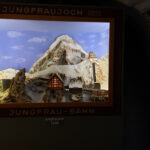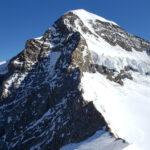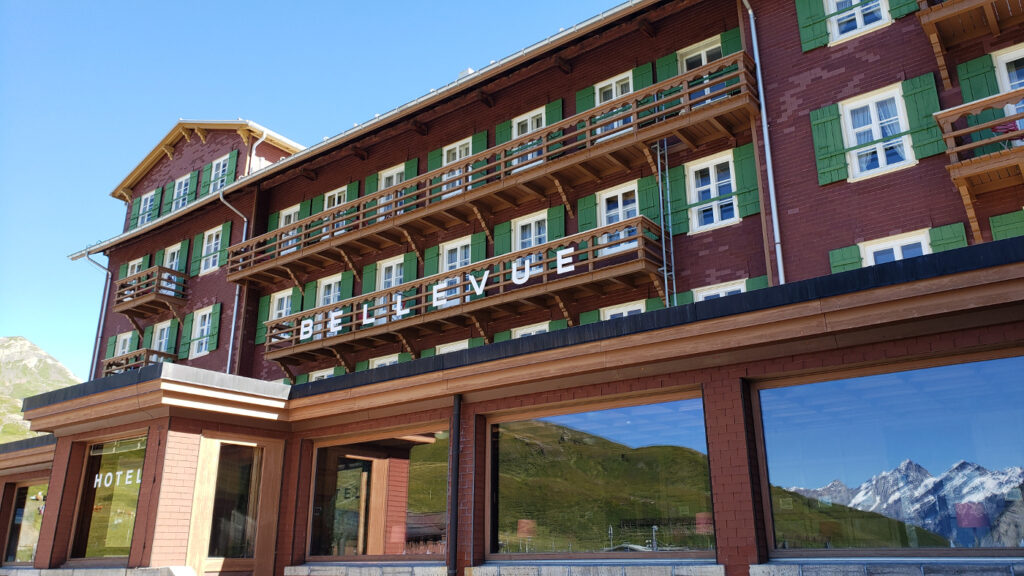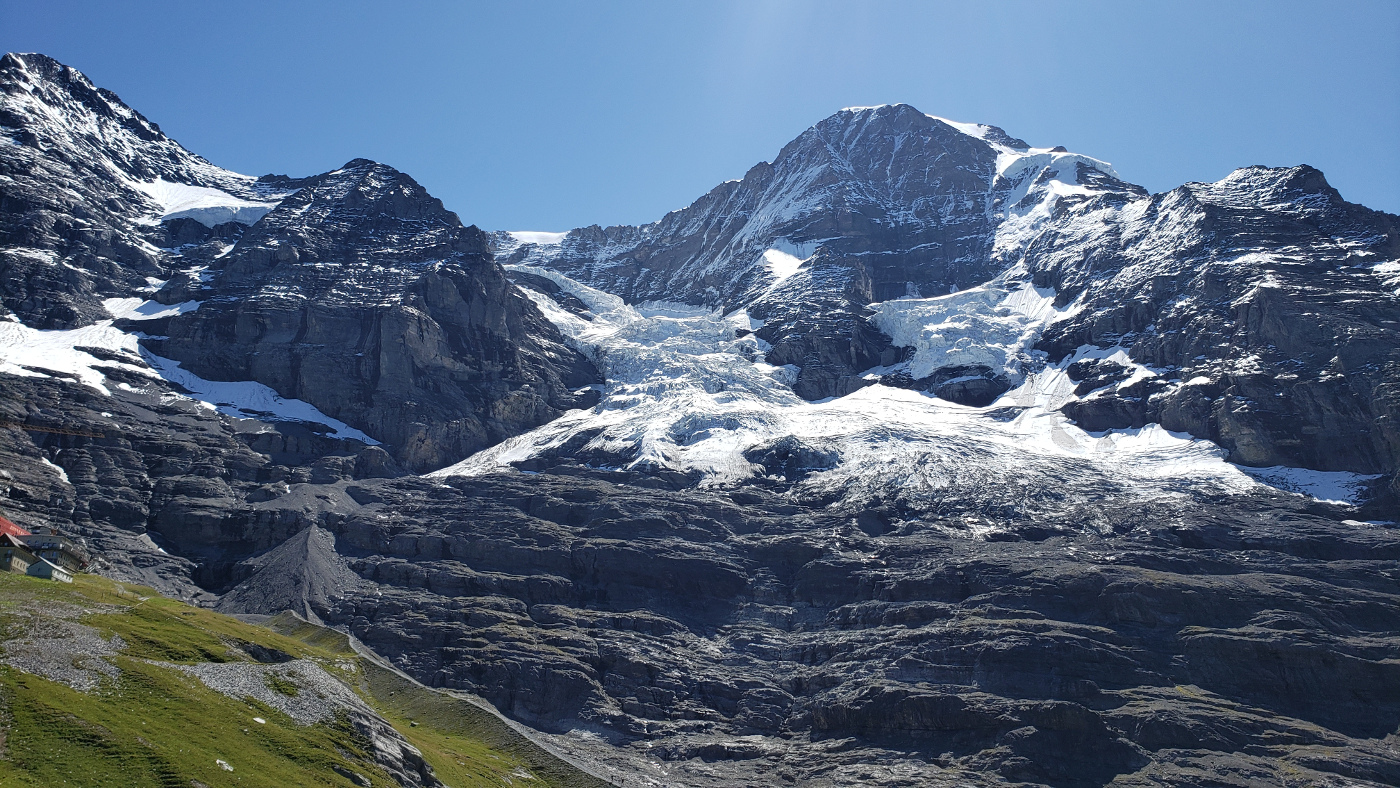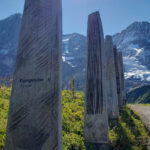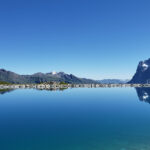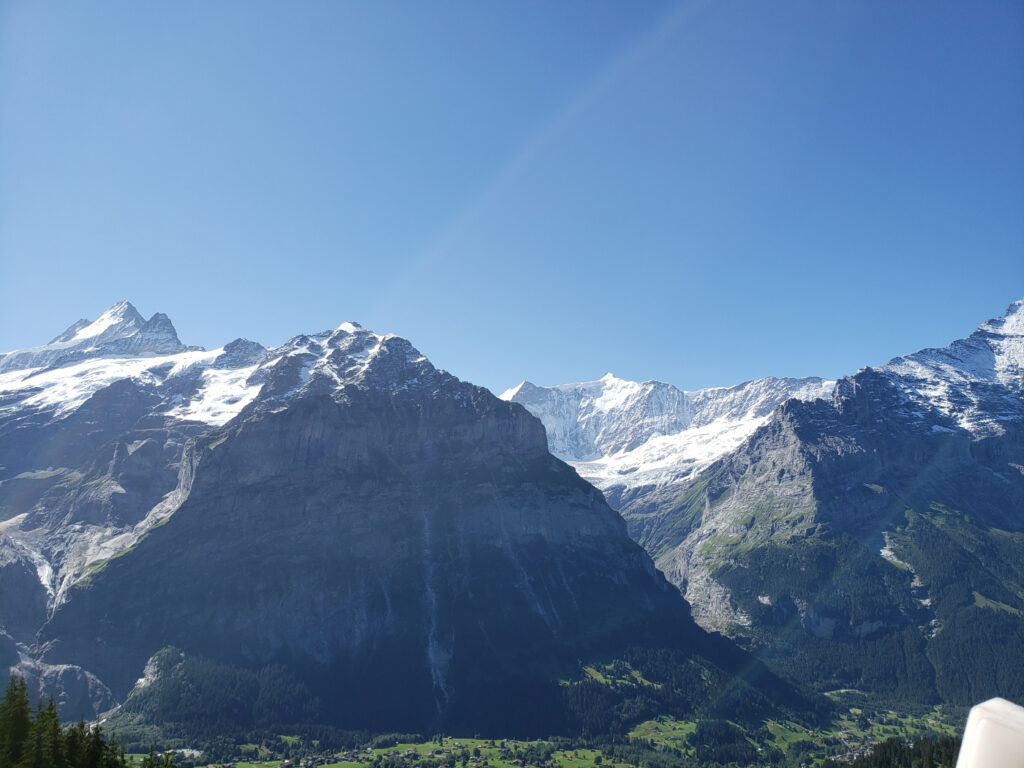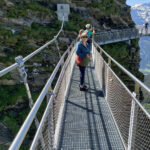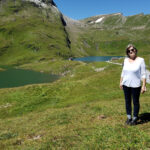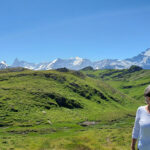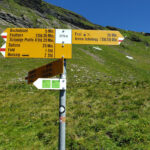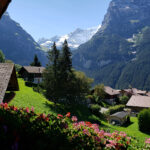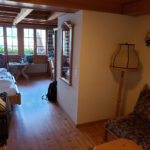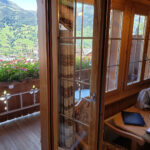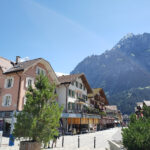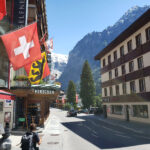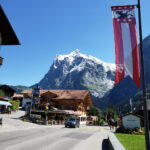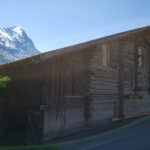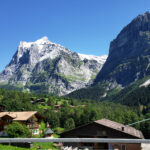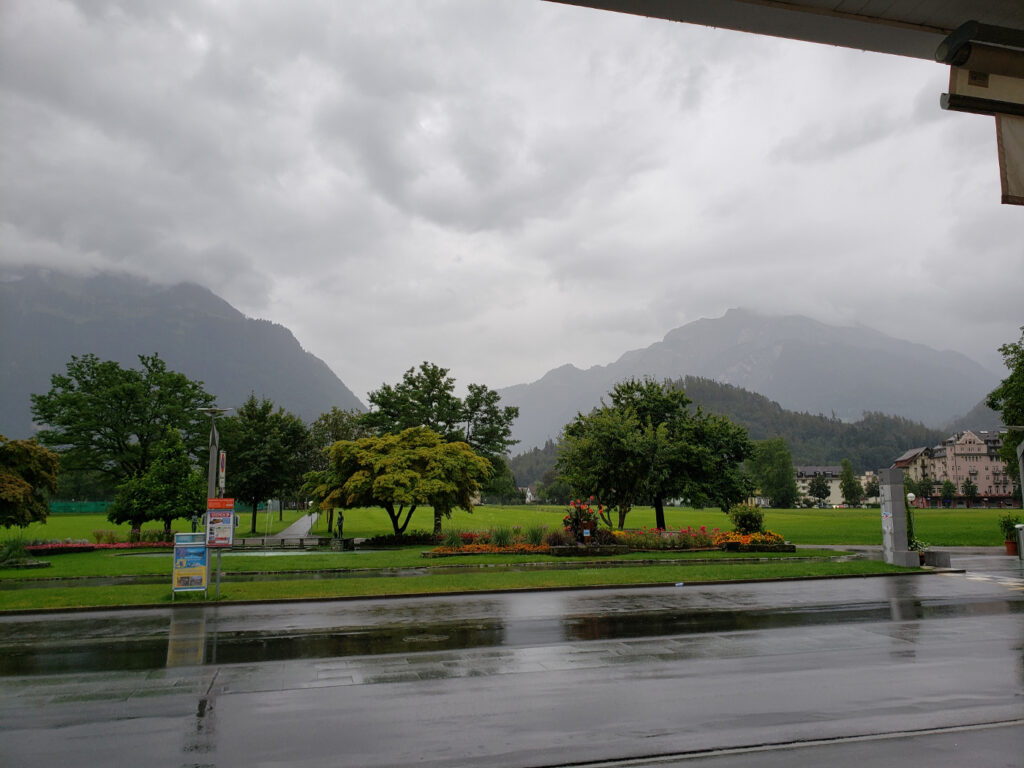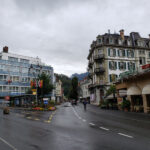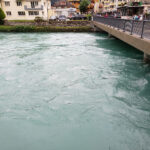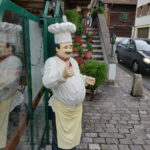Continuing our adventure in Bolzano, we found it has a number of good museums and many castles to visit, actually one of the denser areas for castles in Europe. We were lucky enough to have time to see two great museums and one of the better castles. If you are ever in Bozen/Bolzano, these are all great places to visit.
Museums
Südtiroler Archäologiemuseum
The South Tyrolean Museum of Archeology is the present home of Ötzi, the five thousand and three hundred year old man that was found frozen in an alpine mountain pass.

Visitors will learn who made the discovery and how, as well as many keen facts on the later removal and care for the iceman. It is amazing how many artifacts were found along with the body, all of which can be seen in the exhibits. Ötzi himself is viewable from a portal of glass, though which you can see most of the details of his frozen form. The room keeps him at the conditions in which he was found on the mountain-top.

Naturmuseum Südtirol
The South Tyrolean Museum of Nature is a rather small museum that provides a good educational foundation for the natural areas surrounding Bolzano. You can learn about all of the habitats and ecology of the forests and fields of the neighboring countryside, as well as its geology and climate.
There are many hands-on exhibits for children, most of which are still accessible with the proper attention to hygiene, in this time of pandemic.
Castles

Schloss Runkelstein
If you walk from Bozen/Bolzano to the castle, you will note that it is not just a thirty minute walk, but rather more like forty-five minutes.
Probably one of the larger castles in the area, with a location right next to the Talferbach, one of the many rivers (what we would call a stream in the States).
Schloss Runkelstein was built in 1237 near the road that north of Bozen up to the Ritten plateau, or Ober-Bozen. This was to avoid the Eisack river gorge. However, the road eventually passes through this very gorge and on through to the Brenner pass, making it a valuable piece of real estate for trade. It was actually built as a fortress to protect the local population. Not until the 14th and 15th centuries was it then converted by aristocracy into a castle.
The castle contains great stories about Tristram and knights of the round table. There are several very good frescoes to enjoy and some very interesting period architecture. With any good castle, this one will take about forty-five minutes to hour to thoroughly discovery all it has to offer, including the views.
Our next blog will detail out hiking trip to Ober-Bozen and the Earth Pyramids.
